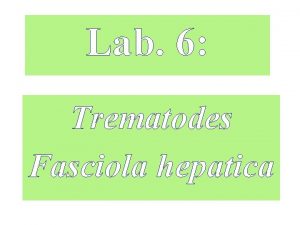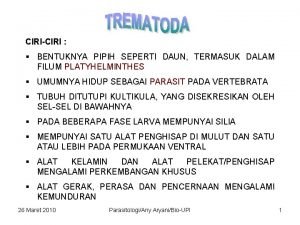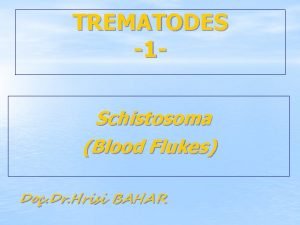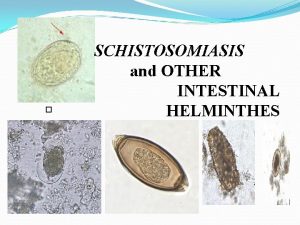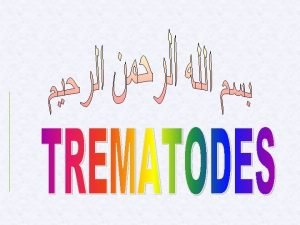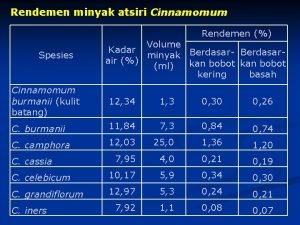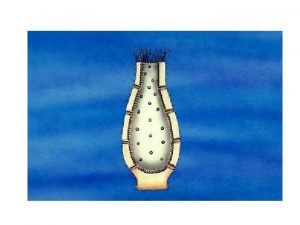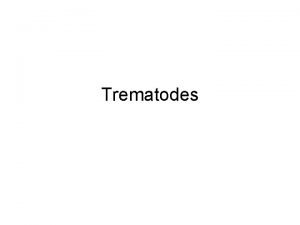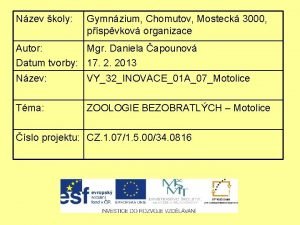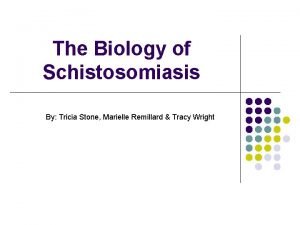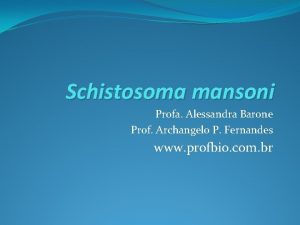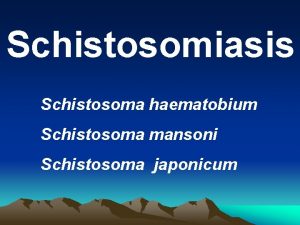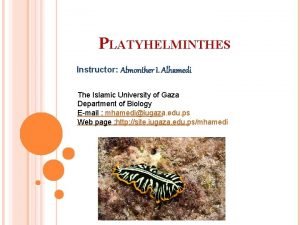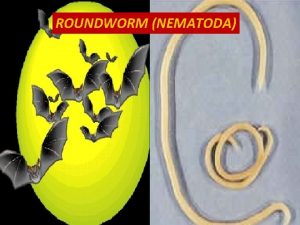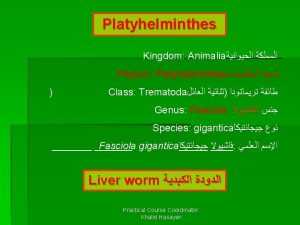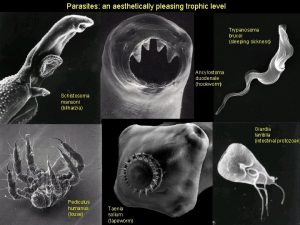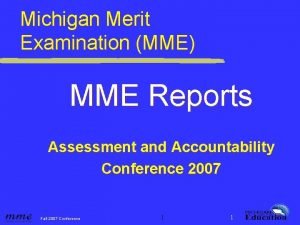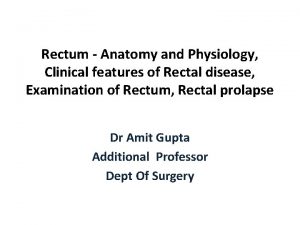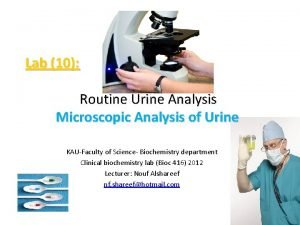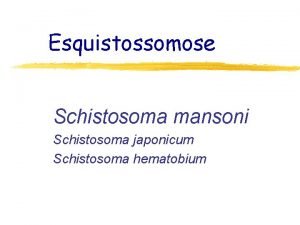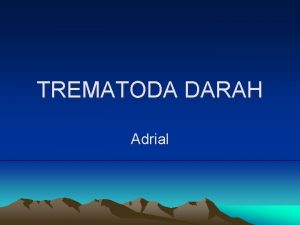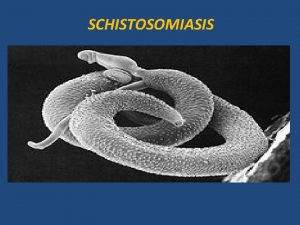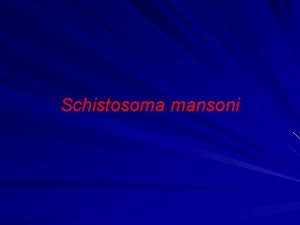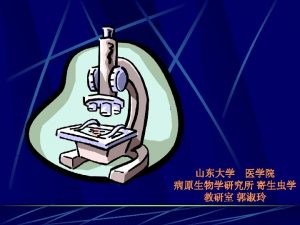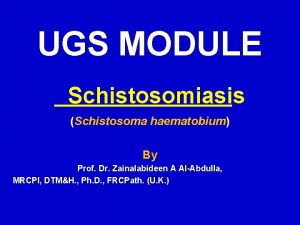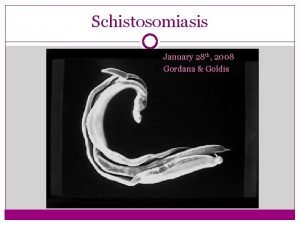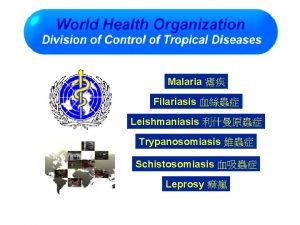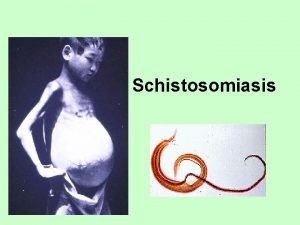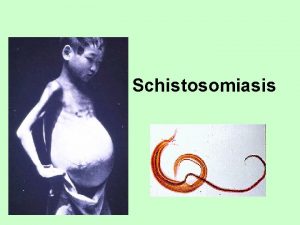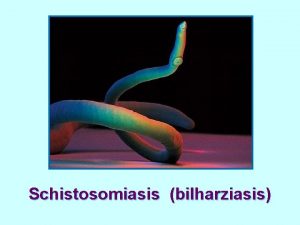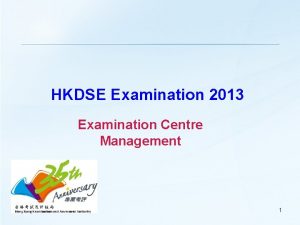A pedigreelevel examination of Schistosoma japonicum following schistosomiasis





















- Slides: 21

A pedigree-level examination of Schistosoma japonicum following schistosomiasis reemergence in rural China Rocky ISCB December 2019 LE Timm, JA Shortt, & DD Pollock

Acknowledgments Pollock Lab Sichuan Center for Disease Control & Prevention David Pollock Yang Liu Jonathan Shortt Bo Zhong Sequencing Epidemiology Beth Carlton Andrea Buchwald Todd Castoe Drew Schield Nicky Hales Zachary Nikolakis

Schistosoma & Schistosomiasis A mating pair can produce hundreds of thousands of fertilized eggs per day FZ Hapan

Re-emergence of Schistosomiasis in Sichuan Province, China • 1950 s: Schistosomiasis control programs introduced – mollusciciding & mass administration of praziquantel • 2000 s: recorded infections had declined 99% • However, several regions experience… • No further declines • Increasing infection rates Why does infection persist?

Identify sources of new infections

Data Generation Whole genome amplification + dd. RADseq 33, 901 SNPs across 200 individuals

Genetic and Geographic Structure Easternmost village Westernmost village Northernmost village Southernmost village

Why does infection persist? Local sources of infection are implicated (as opposed to inter-village transport) By what mechanism?

Inferring Relatedness between Miracidia 0, 6 Unrelated Probability Density 0, 5 Between. Villages Within. Village. Between. Hosts 4 th degree relatives (first cousins) 0, 4 Within. Host 0, 3 3 rd degree relatives 0, 2 2 nd degree relatives (siblings) 0, 1 0 0 0, 1 0, 2 0, 3 Rare Allele Sharing 0, 4 0, 5

A vignette…

Meta-relationships 16027 C 16027 D 16027 B Host 1 16027 A 16027 E 16030 A Same village Same collection event (December 2010) Host 2 16030 B Posterior probabilities of 1 st degree relationships (siblings)

Meta-relationships Posterior probabilities of 2 nd degree relationships 1) double first cousins 2) half-siblings 3) aunt/uncle-niece/nephew 16027 C 16027 D 16027 B 16027 A 16027 E 16030 A 16030 B

Meta-relationships

Double first cousins Evidence of a very small population and a lot of inbreeding

Half-siblings e n clo Evidence of a high degree of clonality e n clo

Aunt/uncle-niece/nephew (piblings) Evidence of a direct human-snail-human transmission

Moving Forward • Sample from non-human mammals • Identify any additional examples of meta-relatedness Develop a means of differentiating between the types of relatedness (double first cousins vs half-siblings vs piblings)

Towards Differentiation • Extend haplotypes -> capable of rapidly pulling clusters of sites in linkage disequilibrium (microhaplotypes) • Simulate recombination -> generate pedigrees including all relationships of interest • Identify expected patterns of allele sharing for different relationships Providing unprecedented insight into disease transmission at the individual parasite level

Questions?

Schistosoma & Schistosomiasis

Rare Allele Sharing Proportion Genetic and Geographic Structure 0. 2 0. 1 1 -10 km 10 -20 km 20 -30 km Inter-Village Distance
 Schistosoma japonicum egg morphology
Schistosoma japonicum egg morphology Cacing dengan bentuk seperti daun
Cacing dengan bentuk seperti daun Schistosoma sp
Schistosoma sp Schistosomiasis
Schistosomiasis Schistosomiasis
Schistosomiasis Cor pulmonale fisiopatologia
Cor pulmonale fisiopatologia Hematouria
Hematouria Cinnamomum japonicum
Cinnamomum japonicum Schistosoma spp common name
Schistosoma spp common name Egg
Egg Endoparazité
Endoparazité Schistosomes
Schistosomes Fasciola hepatica
Fasciola hepatica Schistosoma haematobium adults
Schistosoma haematobium adults Schistosoma
Schistosoma Schistosoma haematobium life cycle
Schistosoma haematobium life cycle Scistosoma
Scistosoma Strepsiptera in humans
Strepsiptera in humans Merit examination
Merit examination Contraindications of rectal examination
Contraindications of rectal examination Sample design and technology gcse examination paper answers
Sample design and technology gcse examination paper answers Casts in urine
Casts in urine
